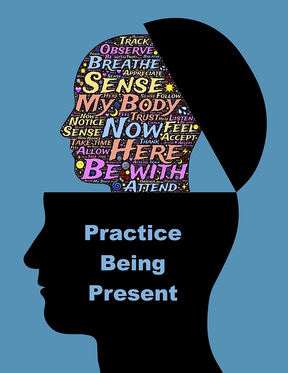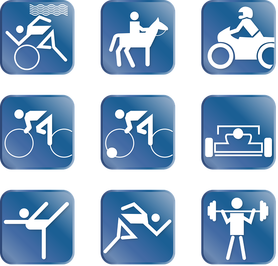|
Last Tuesday, at Verdant Community Wellness Center, the Healthy Living Coaching Group took participants through a crash course on metabolism. The Healthy Living Coaching Group meets weekly to discuss specific ways to improve dietary and physical habits to lead healthier lives. In previous classes, individual factors that affect weight management have been explored. In this class, we introduced the science and revisited previous topics, to illustrate the complexity of metabolism. It was also demonstrated that we all have the tools to develop habits to support a healthier metabolism. Here are the main takeaways from the class. What is Metabolism? When thinking about metabolism we often think about weight and how fast or slow someone burns calories. We hear phrases like “oh he has a slow metabolism” or “she has a fast metabolism” to account for why someone is of a particular weight. In part this is true. But it’s also so much more. Metabolism is all of the physical and chemical reactions in the body that maintain life. It’s a balancing act between the reactions that build products up and consume energy (anabolism) and break things down (catabolism) for energy (ATP). The food we eat contains the building blocks for these reactions. Essentially, food is fuel. We use this fuel for immediate energy or store it for later use. Metabolic rates are determined by how fast energy can be produced and used. These rates are affected by various factors. Some are out of our control like age, gender, and genetics, but others we can regulate. Dietary PatternsWhat, when, and how we eat play a large role in supporting our metabolism. Three manageable changes are: eating breakfast, eating small frequent meals, and mindful eating. Eat BreakfastListen to your mom (and dad)! Breakfast is the most important meal of the day because it “wakes” up your metabolism. While sleeping, your metabolism slows way down so it needs a jump start first thing in the AM. It is recommended to eat within 1 hour of waking. Make sure to have a meal that contains a protein, fat, carbohydrate and fiber source to set the stage for the rest of the day. Eat Small, Frequent Meals
Mindful Eating
Daily ActivitiesAlthough metabolism can be greatly improved through dietary changes alone, there are some daily activities that also play a large role. Exercise & Activity Level
Tracking/JournalingSleepingLength and quality of sleep is such an important factor and really could be a discussion all on its own. But I am running out of space, so here is the short version. You want to get enough sleep to avoid fatigue during the day. Fatigue means less activity which will lead to decreased metabolic rate. Fatigue can also impact stress which impacts appetite hormones which then impacts if we eat too much or too little which then affects our metabolism. The domino effect of poor sleep is real. So, try to aim for 7-9 hours a night of undisturbed sleep. Metabolism is complicated and multifactorial. These are just a few factors from a very long list. However, they are within our reach. Create healthier habits by focusing on one or two factors at a time. Here are some recipe ideas to inspire you along the way! Shakshuka with Greens
Directions:
Nutrition per serving (1/4th of pan): 217 Calories; 15g Fat; 10g Protein; 13g Carbohydrates; 3.5g Fiber; 216mg Sodium Fruit & Yogurt ParfaitDirections:
Nutrition per 8 ounces: 150 Calories; 4g Fat; 7g Protein; 26g Carbohydrates; 3.5g Fiber; 85mg Sodium Analyzed using KIND Cinnamon Chia Granola and sliced almonds ~Kelsy, Dietetic intern
0 Comments
Leave a Reply. |
SD BlogA place for our consultant Registered Dietitian Nutritionists (RDNs) to share nutrition science, yummy and healthy recipes, tips on seasonal ingredients, and other nutritional musings. Enjoy! Categories
All
Archives
May 2024
|








 RSS Feed
RSS Feed